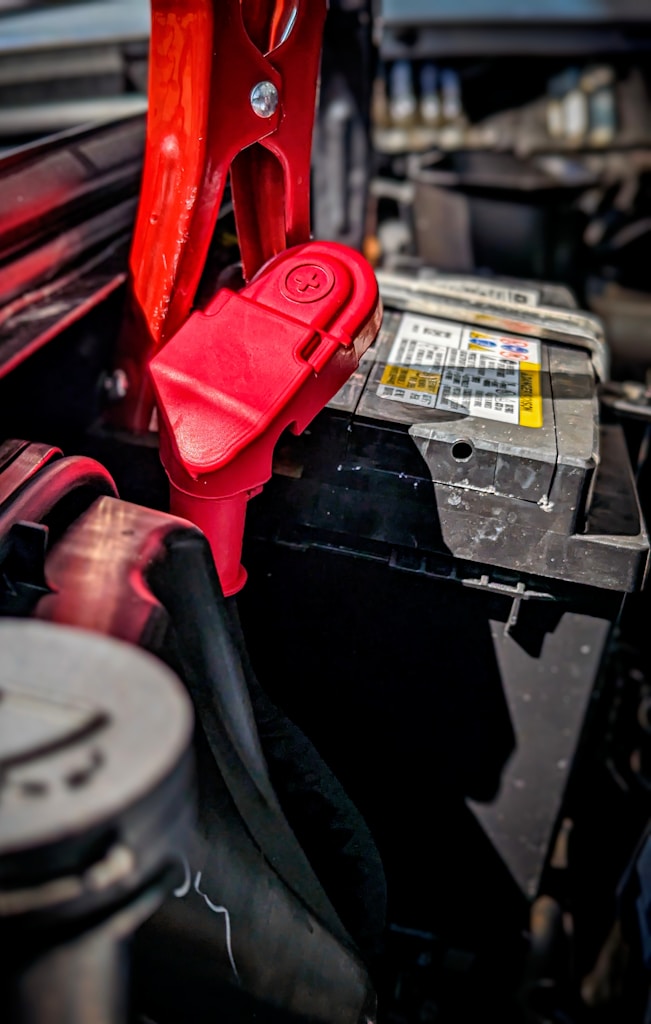Managing internal linking on a WordPress site with over 1000 posts presents unique challenges and opportunities. As your content library grows, a strategic approach to internal linking becomes essential not just for SEO, but for user experience and content discovery. This comprehensive guide will walk you through best practices, tools, and techniques to master internal linking at scale.

Why Internal Linking Matters Even More for Large Sites
For websites with extensive content libraries, effective internal linking serves multiple critical functions:
- It helps search engines discover and index your vast content repository
- It distributes link equity throughout your site architecture
- It reduces the likelihood of content becoming “orphaned” and forgotten
- It guides users toward relevant content they might otherwise never find
- It establishes topical authority through content clusters
According to a study by Ahrefs, pages with more internal links pointing to them typically rank higher in search results. For large sites, this effect becomes even more pronounced.
Audit Your Current Internal Linking Structure
Before implementing new strategies, you need a clear picture of your existing link network.
Perform a Comprehensive Site Crawl
Use tools like Screaming Frog or Sitebulb to crawl your entire site and generate reports on:
- Pages with zero or few internal links pointing to them
- Pages with excessive internal links (potential link dilution)
- Average internal links per page
- Internal link depth (how many clicks from the homepage)
- Broken internal links needing repair
Map Your Content Clusters
For a site with 1000+ posts, content categorization becomes crucial. Create a visual map of your content topics and subtopics to identify:
- Core pillar content pages that should receive more internal links
- Supporting content that should link to pillar pages
- Related content clusters that should be interlinked
- Content gaps where new posts might be needed
Implement Automated Internal Linking Solutions
Manual linking becomes impractical at scale. Fortunately, several WordPress plugins can help automate the process while maintaining quality control.
Use Purpose-Built Internal Linking Plugins
Link Whisper offers AI-powered internal link suggestions as you write and can retroactively analyze your content to suggest new linking opportunities. Its bulk adding feature is particularly valuable for large sites.
Yoast SEO Premium includes an internal linking tool that suggests relevant content to link to based on related keywords.
Linkify Pro provides advanced features specifically designed for large WordPress sites, including contextual link analysis, automatic related content blocks, and detailed analytics on internal link performance.
Configure Link Parameters for Scale
When setting up automated linking tools, focus on these parameters:
- Relevance threshold: Set higher relevance requirements to ensure quality over quantity
- Link diversity: Limit the number of times the same URL can be suggested across your site
- Anchor text variation: Ensure your system uses diverse anchor text to avoid over-optimization
- Link reciprocity: Control whether pages should link back to each other or maintain hierarchical relationships
Establish a Systematic Manual Linking Process
While automation helps, some manual oversight ensures strategic implementation.
Create a Hub Page Strategy
Identify or create comprehensive hub pages for major topics, then:
- Ensure all related content links to these hub pages
- Add prominent navigation elements on hub pages linking to the most valuable subtopic pages
- Update hub pages regularly as new content is created
The team at Hubspot found that implementing topic clusters with hub pages led to significant improvements in search visibility for large sites.
Implement Breadcrumb Navigation
For large sites, breadcrumb navigation becomes essential:
Home > Category > Subcategory > Current Post
This provides both users and search engines with context about your site structure and creates additional internal linking pathways.
Leverage Content Relationships Strategically
Use WordPress taxonomies and metadata to create meaningful content relationships.
Enhance Category and Tag Pages
Most WordPress sites underutilize category and tag archives. Transform these into valuable landing pages by:
- Adding unique descriptions and introductory content
- Featuring the most important posts in each category
- Including related categories and cross-linking between them
- Implementing custom sorting options beyond chronological listing
Create Custom Related Posts Sections
The default “related posts” functionality in WordPress often relies on basic category matching. For large sites, consider:
- Implementing semantic content analysis tools like Related Posts for WordPress that analyze content similarity
- Creating manually curated related content sections for your most important pages
- Using dynamic related content blocks that adapt based on user behavior or content freshness
Prioritize Your Efforts for Maximum Impact
With 1000+ posts, you can’t optimize everything at once. Prioritize your work for ROI.
Focus on High-Value Pages First
Use Google Analytics to identify:
- Pages with the highest conversion rates
- Pages receiving the most organic traffic
- Pages with the highest engagement metrics
Ensure these pages have optimal internal linking structures first, both incoming and outgoing links.
Implement a Tiered Content Strategy
As suggested by Search Engine Journal, classify your content into tiers:
- Tier 1: Cornerstone content and high-converting pages (priority for linking)
- Tier 2: Supporting content that drives significant traffic
- Tier 3: Older or lower-performing content (candidates for updating or consolidation)
This classification helps determine which pages deserve more internal links and which may need content refreshes before promoting them internally.
Monitor and Improve Performance
For large sites, measuring the impact of your internal linking changes is essential.
Track Link Performance Metrics
Implement analytics tracking for internal links to measure:
- Click-through rates on different types of internal links
- User pathways through your site following internal links
- Conversion rates influenced by specific internal linking patterns
- Search ranking changes for pages receiving more internal links
Matomo offers detailed internal link click tracking while respecting user privacy.
Conduct Regular Internal Link Audits
Schedule quarterly internal link audits to:
- Identify newly orphaned content
- Update internal links pointing to redirected URLs
- Refresh internal links on your highest-traffic pages
- Adjust your strategy based on performance data
Technical Considerations for Large WordPress Sites
When managing internal links at scale, technical implementation matters.
Database Optimization
Internal linking plugins can add significant overhead to your WordPress database. Regular database optimization using tools like WP-Optimize helps maintain site performance.
Consider Link Caching Solutions
For sites with extensive automated internal linking, implement caching for link-related queries to reduce server load and page load times.
Monitor Site Speed Impact
Use Google PageSpeed Insights or GTmetrix to ensure your internal linking implementation isn’t negatively affecting site performance.
Conclusion
Optimizing internal links for a WordPress site with 1000+ posts is a significant undertaking, but the SEO and user experience benefits make it worthwhile. By combining automated solutions with strategic manual oversight, you can create a powerful internal linking structure that strengthens your site architecture, improves content discovery, and enhances search visibility.
Remember that internal linking is an ongoing process, not a one-time project. As your site continues to grow, regularly revisit your internal linking strategy to ensure it evolves with your content and business goals.



